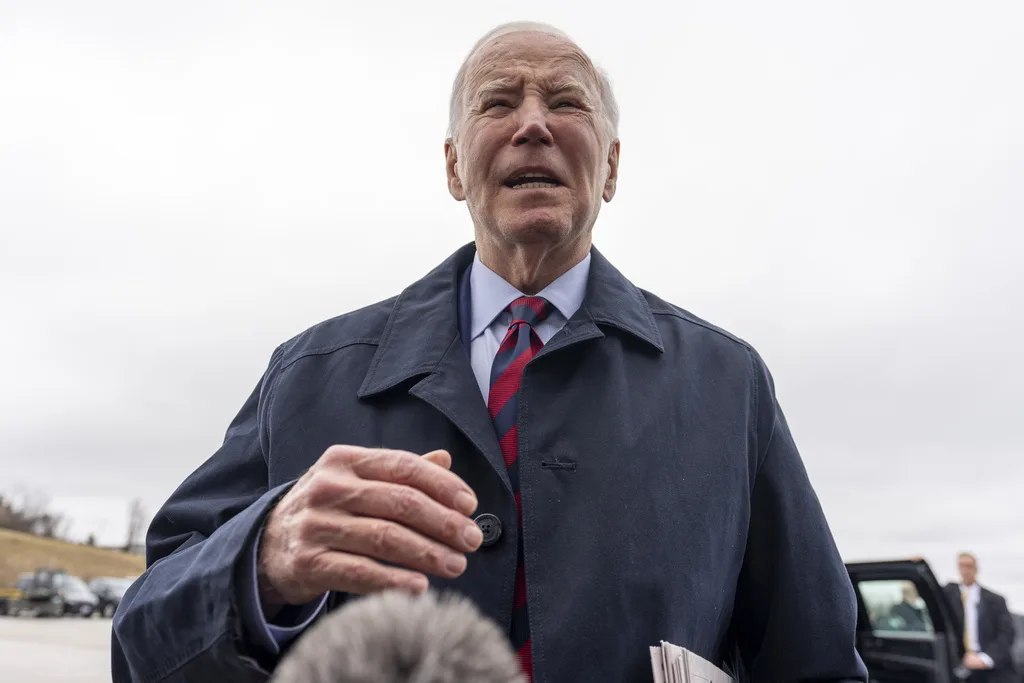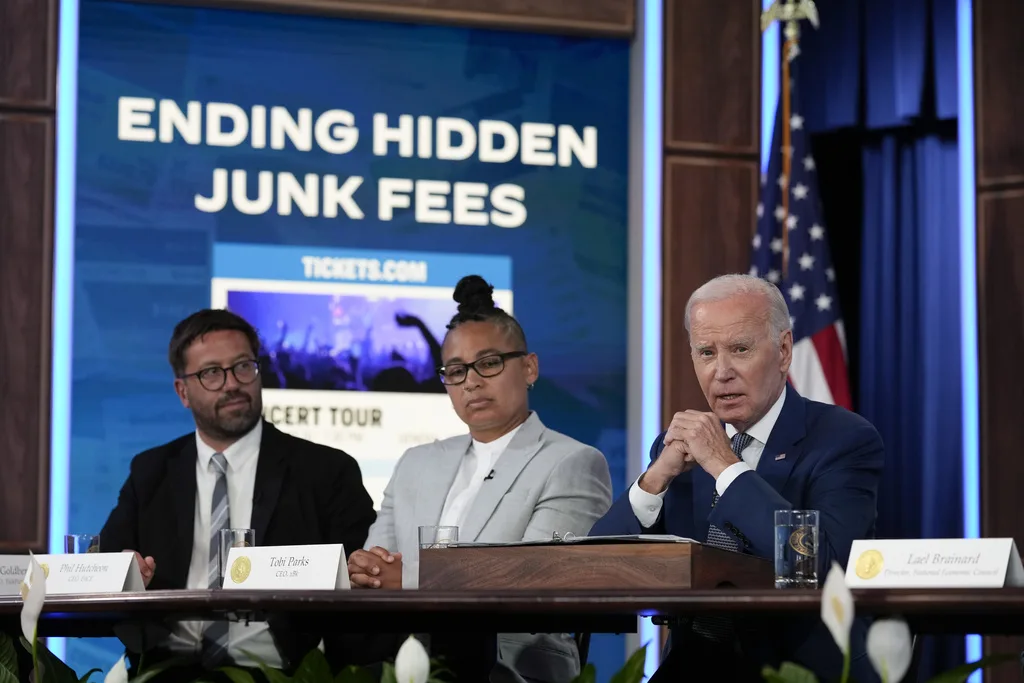
#image_title
#image_title
From inflexible landlords, lack of federal assistance, and ongoing capacity caps, the business is struggling.
Madison-area restaurateur Dave Heide is no stranger to adversity. He opened his first restaurant, Liliana’s, in 2007, just before the Great Recession hit.
Liliana’s began as an upscale eatery, but when the tough times hit, he revamped his menu.
“We added things like po’ boys and sandwiches, we did the duck and weave,’’ Heide said. “But with COVID there’s no maneuvering.”
Heide announced he’s closing his Oregon eatery, Charlie’s on Main, at the end of September, after watching his sales plunge from $25,000 a week to $2,000 a week. He tried a number of ways to keep the restaurant going, including a new takeout and to-go cocktail menu, doing pay-it-forward soup, Nom Nom Nom baskets featuring local produce, and cooking for people with food insecurity through a contract with Reach Dane.

“We tried all kinds of things, and they’d all work for a week or two,’’ Heide said. “I’m done with maneuvering. Everyone is exhausted and tired. Everybody is done with COVID, even though COVID is not done with us.”
Heide’s situation is not unique.
According to a National Restaurant Association survey released Sept. 14, nearly 1 in 6 restaurants (representing nearly 100,000 restaurants) is closed either permanently or long-term; nearly 3 million employees are still out of work; and the industry is on track to lose $240 billion in sales by the end of the year.
Restaurant owners cite a lack of action on the part of Congress to fund another stimulus package, a lack of flexibility with landlords to make concessions on rental agreements, and the impending return of winter, with cold winter wiping out patio seating, as reasons for industry-wide concern.
Talks on reaching agreement on a bipartisan congressional stimulus package remain stalled. Democrats who control the US House of Representatives passed their version of a new stimulus bill, dubbed the HEROES Act, on May 15. Republicans who control the US Senate have not coalesced around a single proposal that would drive negotiations that also involve the Trump administration.
Heide said with his Oregon landlord wanting a five-year lease, and no end of COVID in sight, he couldn’t sign up again. He said that many local restaurants are in the same boat.
“When it comes to small independent, farm-to-table restaurants, if the Heroes Act doesn’t get passed, or other relief doesn’t come to pass, half of your favorite restaurants are going to be gone,’’ Heide said. “I’m an optimist, and I’m bleak as hell.”
In a Sept. 14 letter to Congressional leaders on both sides of the aisle, the National Restaurant Association said as much.
Jim Martine has owned Pedro’s Mexican Restaurant in Madison for 40 years. His sales are down by one-third.
“This year on Cinco de Mayo I didn’t sell a single Corona. There were no customers,” Martine said. “I think we sold as much in to-go orders but there were no bar sales.”

He said he is fortunate to own the building where Pedro’s is located, adding his lending institution, vendors, and community at large have been phenomenal.
He said he received funds through the Paycheck Protection Program but more is needed before additional restaurants go under.
“We would love to see another round of PPP and some other grant money, especially for those of us in Dane County where we are operating at 25 percent [capacity limits],” Martine said. “Who knows what will happen with winter coming along.”
His restaurant has no large outdoor seating area. While many Madison restaurants have the luxury of a Capitol, outdoor view, Pedro’s looks out on a parking lot. In normal times, his capacity is 500. Now he can only seat 100.
To gain insight into consumer confidence heading into the winter, Martine turned to his long-time Madison-based marketing consultant, Andrea Barber.
While only a small sample of roughly 80 respondents, it did show that half of those who go to restaurants get their food to-go, compared with 40 percent who eat outside and roughly 10 percent who dine indoors.
Roughly 74% said they eat out once or twice per week, with 52% of respondents saying they felt safest eating outdoors, and 81% of those surveyed saying they would use restaurants for to-go orders rather than dining in when the weather turned colder.

In Milwaukee, Ryan Clancy and his wife have closed Bounce Milwaukee amusement center and restaurant for now due to safety concerns with the new wave of infections. He said the business is losing about $1,000 per day while it’s closed, but he thinks “we can hopefully ride out the winter.”
“This isn’t sustainable. We’re kind of resigned to die in debt at this point, in our 40s,” said Clancy, a Milwaukee County supervisor and co-founder of the Progressive Restaurants and Activists in Wisconsin Network (PRAWN). “That’s weighing on us and other small businesses really heavily.”
They did receive PPP, but he acknowledged many local businesses owned by people of color didn’t get any federal aid and will likely close permanently. He said restaurants need federal and state help, otherwise they’re forced to open when they might not want to or when it might not be totally safe.
“I know very few restaurateurs who are doing even ‘Okay,’” Clancy said. “We’re all just kind of hemorrhaging money at different rates, except for the ones who are being irresponsible and packing in patrons.”
Clancy said there needs to be a three-week total shutdown again to try to get things under control.
“The Republican-controlled state [legislature] has really messed this up, and Trump’s White House has been just abysmal,” Clancy said.
Lisa Aspensen owns Mona Lisa’s restaurant and oversees The Livery Restaurant & Saloon, both in Eau Claire.
Because of the pandemic, she closed her business for three months. She has been open again since June 5. While business is returning, she said, to roughly 75% from what it was one year ago, she said the one constant has been change.
“Every day is a challenge,” Aspensen said. “You have all these working parts with staff, food sources, all of the changes because of the pandemic. Things are always changing on the fly, and you have to adjust.”
Aspensen said she is grateful for the PPP funding she received earlier this year. More restaurants will need more financial support to prevent more restaurants from going out of business, she said.
“When I look forward to a year from now, I know we’re not going to be in the same we were a year ago,” she said. “I don’t think things are ever going back to the way they used to be. It’s a whole different way of operating, and we’re going to adapt.”
Heide, who is closing his restaurant in Oregon, will keep Liliana’s in Fitchburg open, saying that sales are stronger there and the landlord of that building has cut his rent and is willing to work with him. He’s also moving forward with plans to build a commissary kitchen called Little Jon’s to turn grocery leftovers into gourmet meals for people who can’t afford enough to eat.
Heide says that it’s the fault of people who refuse to wear masks and take the epidemic seriously. His family vacationed in northern Wisconsin and he was shocked to see the majority of people maskless in crowds.
“With no one masking up and no one taking it seriously, there is no end in sight,’’ he said. “Our state is so politically divided. It’s hard. The people who are saying ‘F— Tony Evers, I’m not wearing a mask,’ They’re the reason it is still happening.”
Susan Lampert Smith, Julian Emerson, and Jonathon Sadowski contributed to this report.
Politics

Biden administration bans noncompete clauses for workers
The Federal Trade Commission (FTC) voted on Tuesday to ban noncompete agreements—those pesky clauses that employers often force their workers to...

Opinion: Trump, GOP fail January 6 truth test
In this op-ed, Milwaukee resident Terry Hansen reflects on the events that took place on January 6, the response from Trump and other GOP members,...
Local News

Readers Poll: Top Bowling Alleys in Wisconsin
Looking for the best bowling in Wisconsin? Look no further! Our readers have spoken in our recent poll, and we have the inside scoop on the top...

8 Wisconsin restaurants Top Chef judges are raving about
Top Chef’s 21st season is all about Wisconsin, and on-screen, it’s already apparent that the judges feel right at home here. But, while filming in...




